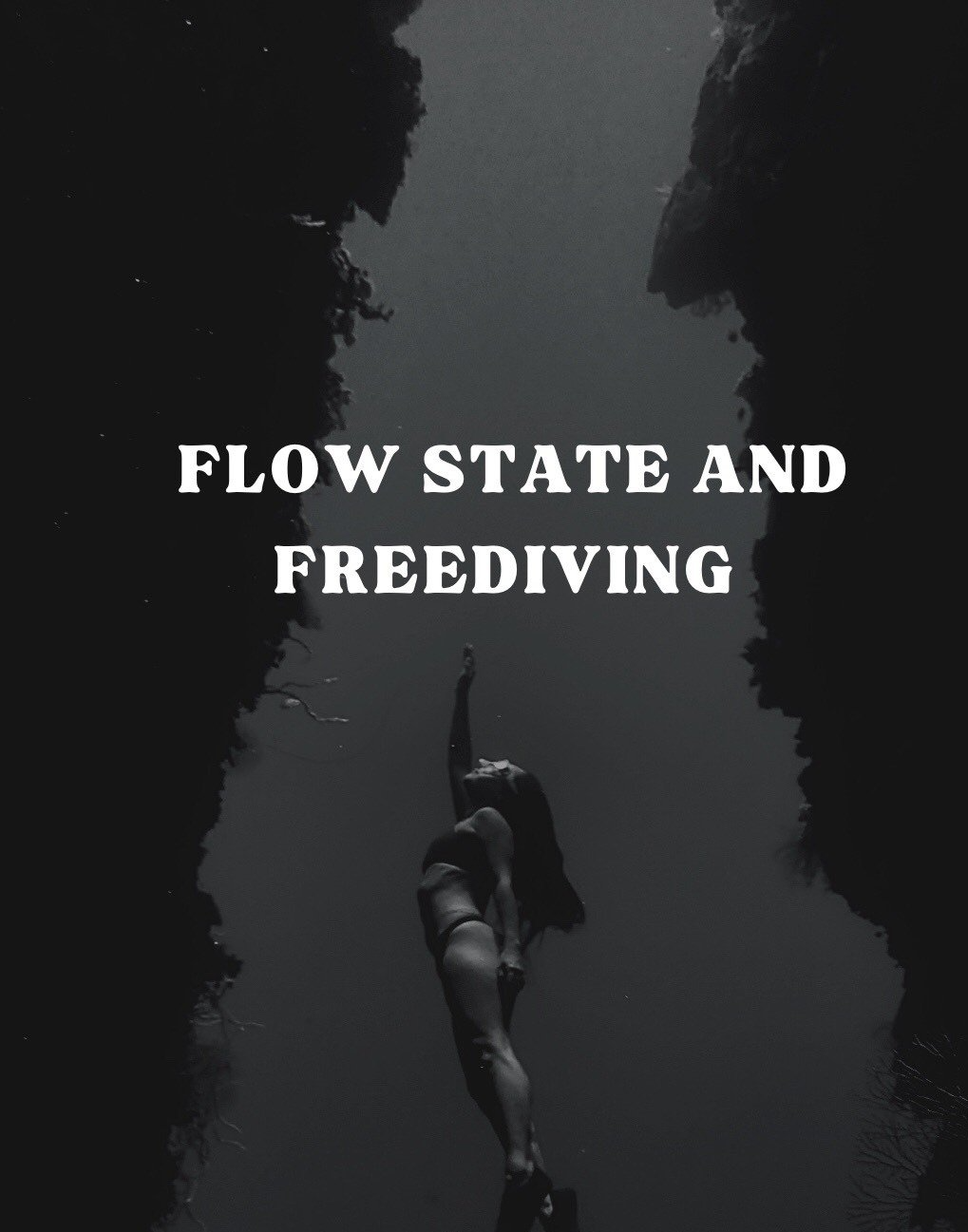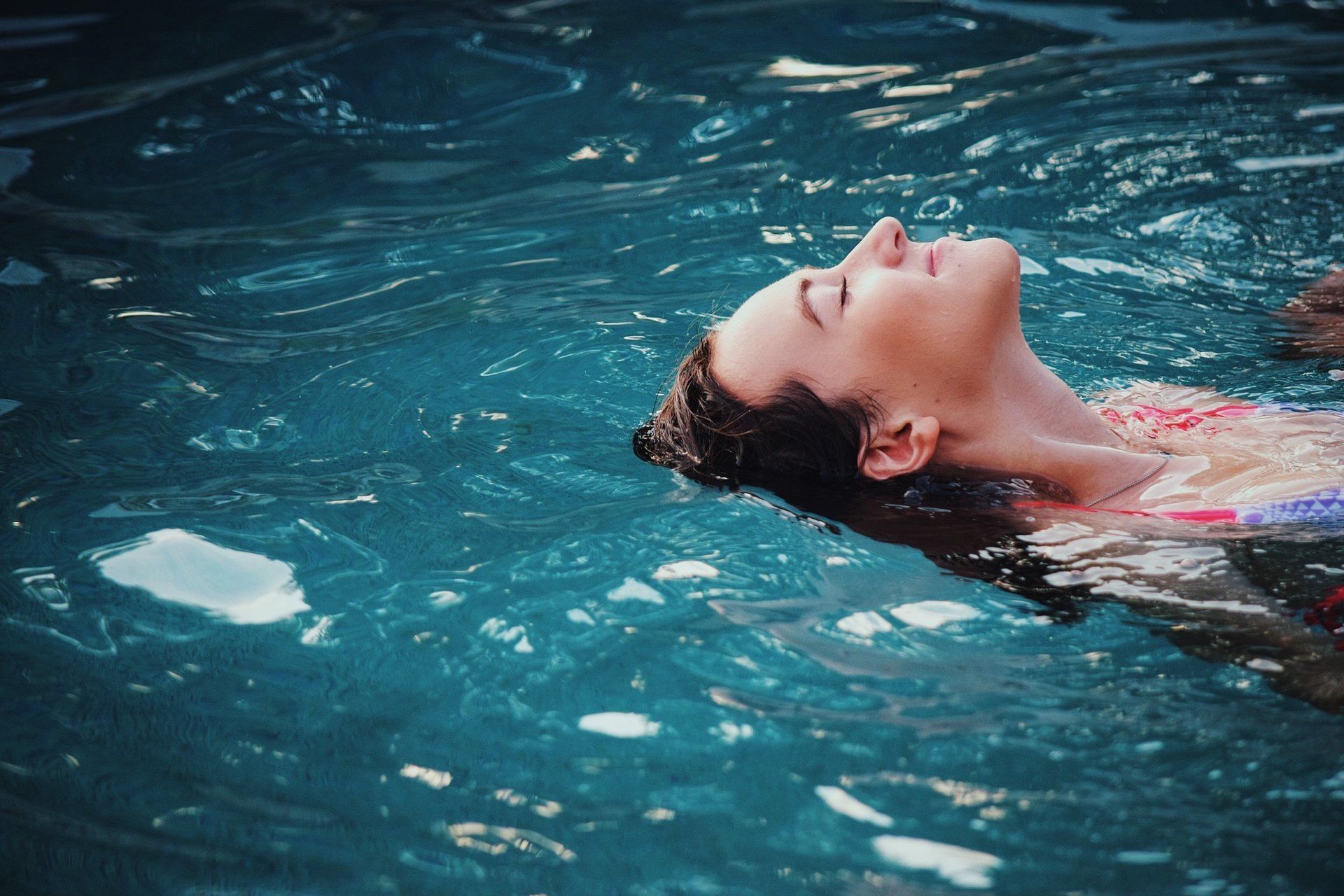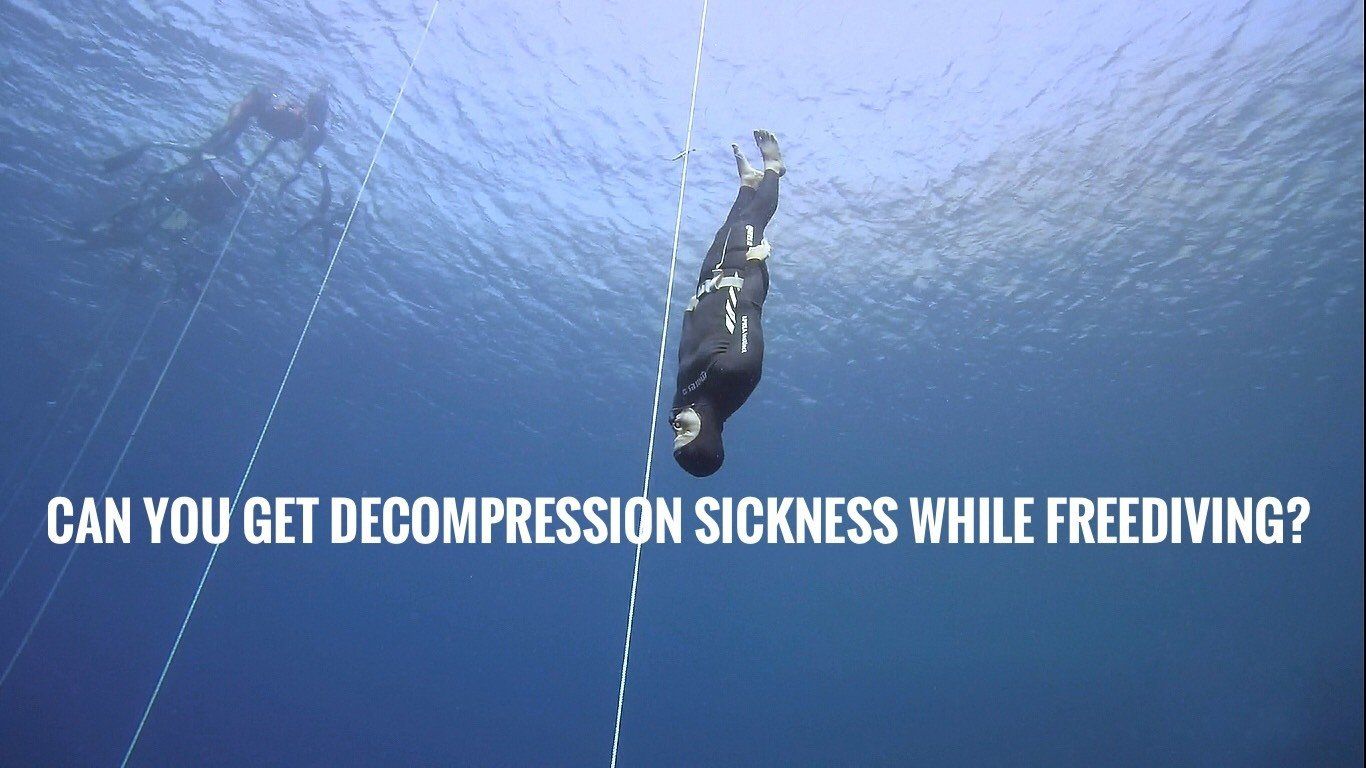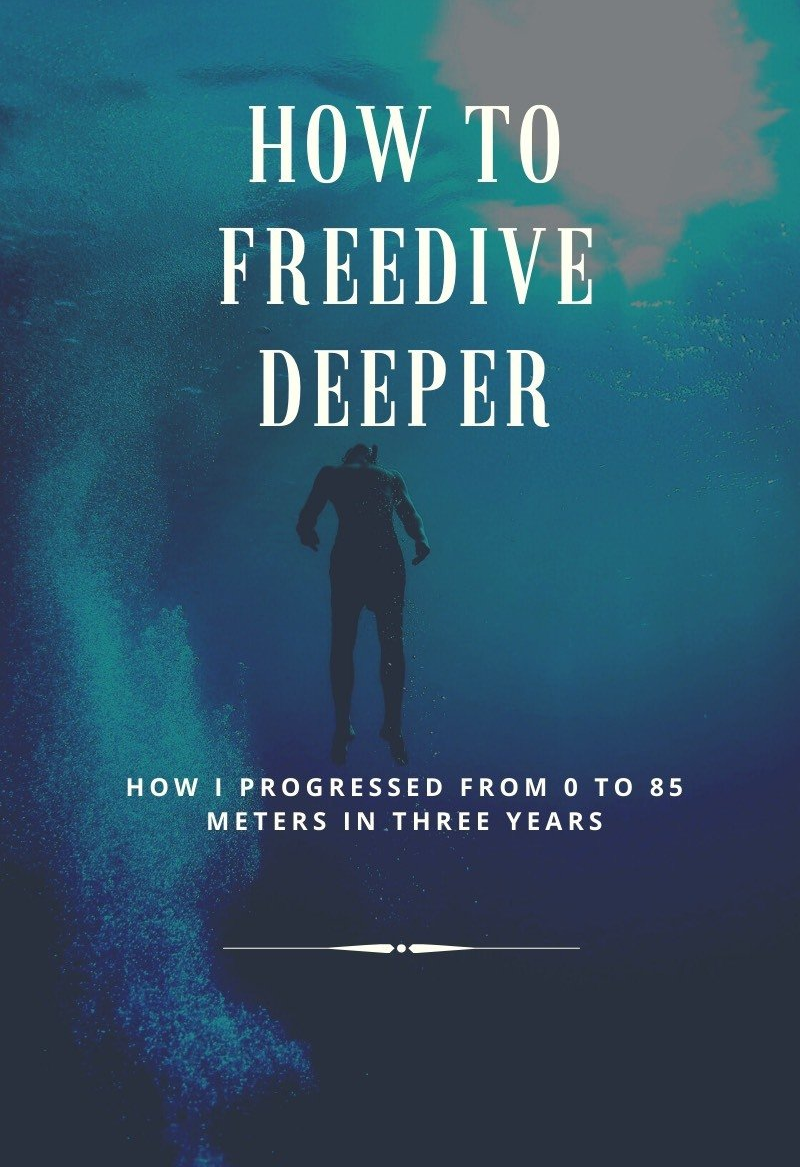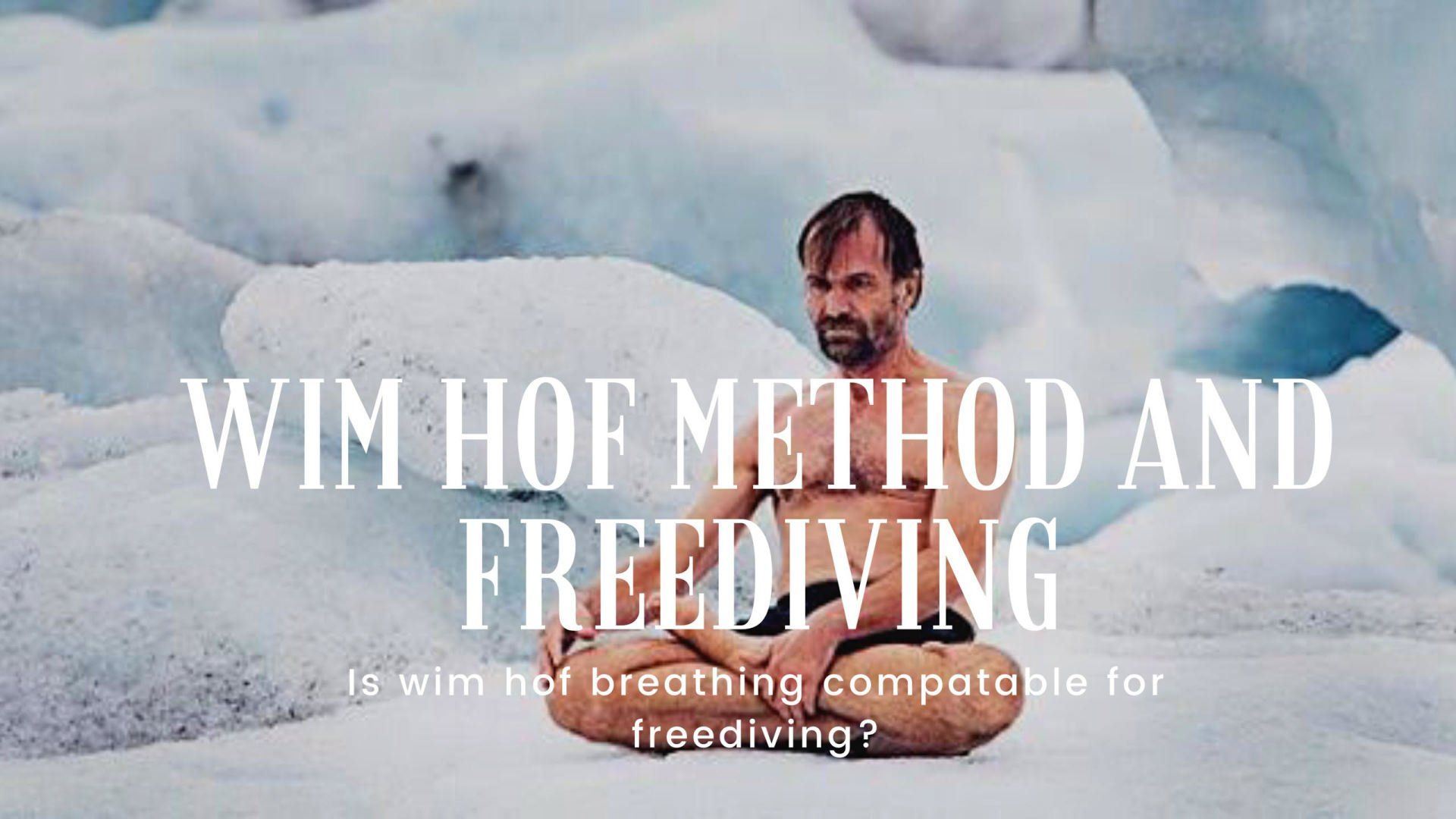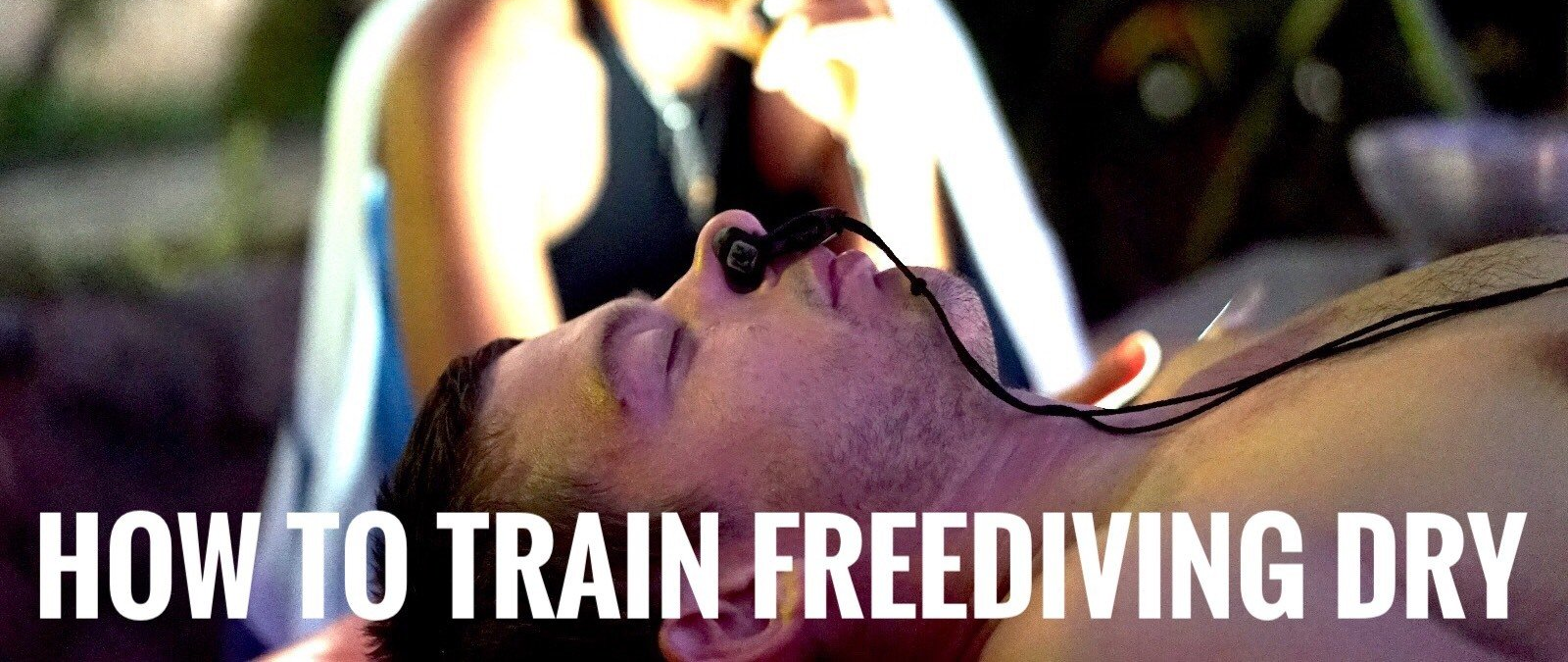What freediving equipment should I buy?
Alexander Nilsson • December 20, 2019
A breakdown of the cheapest quality freediving equipment which won't break the bank!
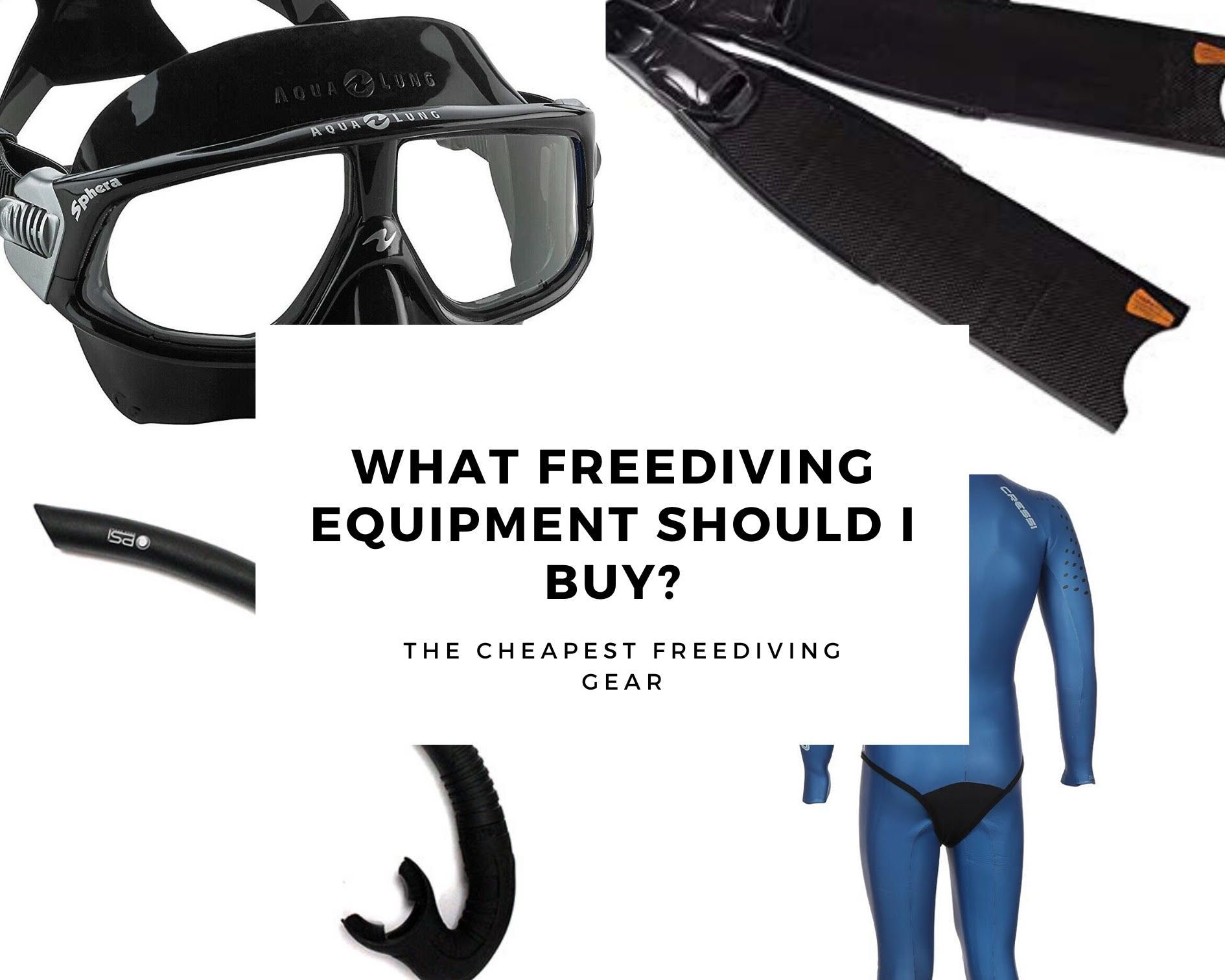
I have always been what you could call a minimalist-freediver. I’ve been trying to figure out how to get the cheapest possible freediving equipment (without compromising too much on quality), so I could then spend more money and time diving deep.
In this article I will explain which freediving equipment is the the best regarding price/quality, so you then can spend more time freediving too!
The most important freediving gear includes:
Mask
Fins
Wetsuit
Nose-clip
Snorkel
Lets start with the most essential
Freediving Masks
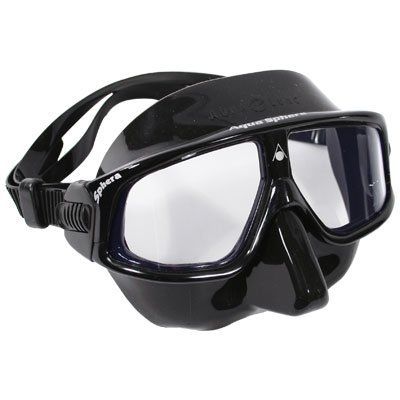
The mask is the most basic equipment needed by a freediver. It’s pretty much all you need for most of the freediving disciplines and it’s easy to find a cheap and good freediving mask for around 25 - 30€. Here below I will list what is important to look for, as well as the cheapest, yes good quality, freediving masks around.
What you should look for in freediving masks-
Low air volume
- meaning that the space of air in the mask is as low as possible. This will let you to dive deep without equalising the mask.
Field of view
- depending on what kind of freediving you are doing, you need various levels of field of view. If you are snorkelling and want to explore a reef, then you want to bring a mask with a wide field of view and a good lens. If you will dive on a line, then you are set with a simpler mask with a lower volume.
Fit
- how do you know that the mask won’t leak in the water?
The easiest way to know that is to, when you are at the dive shop, put the mask on without the straps and then suck in the air from the nose and see if the mask get stuck to the face. If it stays on the face while you’re breathing in from the nose, then it fits well to your face.
Here is a list compiling what I consider, from experience, to be the masks with the highest value for money on the market right now -
1. Aqua Sphere Sphera - 20€
The cheapest freediving mask around. It has also one of the lowest volumes, meaning that you can dive to around 25 meters without equalizing the mask.
The downside on this mask is that this mask is more fragile than other masks, and the durability of this mask is usually around a year, but the low price compensates for this disadvantage.
2. Mares X Free - 29€
One of the cheapest masks around and also one with the best quality. I’ve been using mine now for almost two years and it’s still holding up. It also has very a low volume and will let you dive to around 25 meters without equalising the mask.
3. Epsealon freediving mask - 19€
A good mask for the money. The downside is that it can be hard to find in dive shops. I have only been able to find it online and there you won’t be able to try the mask on the face and make sure it fits.
If you are able to find it, then it is similar to the aqua sphere sphera mask.
Freediving Fins
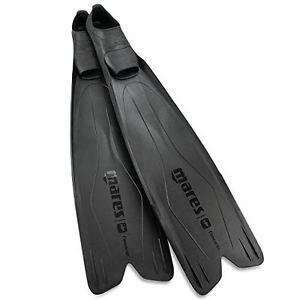
The second most important gear in freediving.
The fins for freediving are longer than scuba diving fins. The length varies between 70-90 cm and they are usually made of plastic, carbon fibre, glass fibre or a mix of carbon and glass fibre.
The things to look at when purchasing freediving fins includes -
Footpocket fit
- depending on if you will use your fins for leisurely snorkelling or to perform max performance in competitions, you will want a different tightness in the footpocket.
For max performance competition fins, you want a tight footpocket that won’t let your feet move at all inside the footpocket. The downside here is that it will only be wearable for around 15-20 minutes before it gets unbearable due to the discomfort in the feet. Keep in mind that this is the recommended for very deep divers only.
If you, like most, people only will use your fins for snorkel activity , then you want to wear as comfortable footpockets as possible. Also, make sure to choose larger footpocket if you think you will use your fins together with socks.
Another great idea, if you want to have the best both of worlds, is to get comfortable foot pockets that you can use without pain. Then when you want to do a max performance dive, put on thick neoprene socks to make your feet have a tighter fit inside the foot pocket.
What can I do if my footpocket is causing my feet to cramp up?
Use a blow dryer to make the footpocket larger or better moulded to your feet. Put on a thick pair of socks or two, and then put your foot in the fin foot pocket. Then put on a hair dryer on medium or high heat, and hold it around 30 centimetres away from the footpocket for 90 seconds. Let the plastic cool off, and try the fit again. If it still feels uncomfortable, repeat the process until the foot pockets feel comfortably molded to your feet.
Stiffness of the fin
-
The general consensus around freedivers is that, the softer the blade is, the better. At least for depth disciplines. It seems though that when it comes to pool disciplines, the world record swims are done with a much stiffer fin blade.
So, for depth disciplines - a soft blade is recommended
For pool disciplines - a somewhat stiffer blade
Durability & Material-
Plastic fins are great for their durability and they usually have many years lifetime.
Carbon and glass fibre on the other hand are lighter and also more fragile, so you have to be extra careful with them.
Plastic fins are great for their durability and they usually have many years lifetime.
Carbon and glass fibre on the other hand are lighter and also more fragile, so you have to be extra careful with them.
The price range for the different materials and their qualities are as follows:
Plastic fins - 45€ - 200 €
Plastic fins are the most durable fins and also the cheapest. The downside is that they are usually pretty stiff and the energy output is not as good as many of the more expensive carbon fibre fins. They are a good option for beginners or those who are not particularly concerned about depth diving performance.
Plastic fins are the most durable fins and also the cheapest. The downside is that they are usually pretty stiff and the energy output is not as good as many of the more expensive carbon fibre fins. They are a good option for beginners or those who are not particularly concerned about depth diving performance.
The carbon fibre fins 107€ - 600€
These are the ones to get if you are sure that you will start getting more serious in your freediving. These fins are usually softer and the energy output with these fins is lower, meaning that you will travel further with a lower energy output.
Cheapest plastic fins:
1. Mares Concorde (45.49€)
2. Cressi Gara professional (46€)
3. Cressi Gara 2000 (53€)
Cheapest carbon fibre fins:
1. Picasso Carbon (107€)
2. Leaderfins Carbon fibre (150€)
3. Leaderfins Pure Carbon (173€)
Snorkel

The simpler the better. For a freediving snorkel you don’t want any fancy vault or similar. Try to find the cheapest one possible, that will most probably make the best freediving snorkel.
I found one at a food store for 7€, and I’m using that to this day!
Nose-clips

When it comes to freediving on the line, you can come a long way with a nose-clip. It is a very simple yet super effective tool when it comes to stopping water from entering the nose or air escaping. For example, in disciplines like free immersion and no-fins, then all you need is a nose clip. And if those disciplines are the only ones you want to delve into, then you’re set with just a nose clip.
The cheapest nose-clips:
1. Omer Umberto nose-clip - 9€
2. Mares nose clip - 25€
3. Octopus nose clip - 33€
Freediving wetsuits

If you are snorkelling around in warm waters then I wouldn’t go into buying a wetsuit yet.
When you start diving on the line though, as you will be spending more time breathing up while completely still in the water, you will get cold faster and using up more energy to stay warm if you're not using a wetsuit.
The reason why I put this in the end of my list, is that you can do a lot of freediving activities without a wetsuit. On top of this, wetsuits tend to be a bit pricey. You can usually also borrow a wetsuit at freediving centres where you are training. In a pinch you can use a surf or triathlon wetsuit as well.
The things to look at in a freediving wetsuit is:
Thickness
1mm or 10mm? The thickness in wetsuits are measured in millimetres and the thicker wetsuit you have, the more lead weights you have to bring with you. With more weight it gets harder to dive, so try to reduce the thickness and also the lead weight to a minimum if you can. Of course you don't want to be shivering in the water, but you also don’t want to be too hot.
Thickness
1mm or 10mm? The thickness in wetsuits are measured in millimetres and the thicker wetsuit you have, the more lead weights you have to bring with you. With more weight it gets harder to dive, so try to reduce the thickness and also the lead weight to a minimum if you can. Of course you don't want to be shivering in the water, but you also don’t want to be too hot.
Here is a a table of water temperatures and wetsuit thickness I recommend. Warmest to coldest:
Water temperature: 27c-32c - Wetsuit thickness: 1mm-3mm.
Water temperature: 10c-27c - Wetsuit thickness: 3mm-5mm.
Water temperature: 0c-10c - Wetsuit thickness: 5mm-10mm.
Fit
-
Make sure that if the suit fits like a tight glove.
Make sure that if the suit fits like a tight glove.
If you order a tailor made wetsuit, then measure all lengths really tight to your body. It’s better that the wetsuit is a bit tight than too loose.
Open cell vs closed cell
-
Here it depend on what you will use it for.
For cold water and longer times in the water, then open cell is better. The downside here is that it is more fragile with open cell.
In warmer waters it’s enough with closed cell, it will keep you warm and it will last longer.
Smooth skin or not?
Here it comes to style and what you think looks best. You will maybe gain a little bit in hydrodynamics but it will probably not be noticeable.
A deep freediver friend of mine was about to do a 100 meter dive, and just before his dive, his smooth skin wetsuit tore apart. He had to change to a closed cell wetsuit with nylon on the outside and his dive time was exactly the same as with a smooth skin wetsuit, and he had the same speed.
The bottom line is that most people think smooth skin wetsuits look better, but the claims about better performance are debatable. Overall they have a much shorter life expectancy and they get damaged by the sun easily.
Here are the cheapest freediving wetsuits I found:
1. Aqualung Sport - 156 €
2. Mares Apnea instinct - 161 €
3. Salvimar Fluyd pure swim - 181€
To finalise, you can start freediving for as little as 9€ for a nose clip or 25€ to get a good freediving mask.
You can also buy a whole set of freediving gear including:
Mask for 25€
Snorkel for 7€
Fins for 45€
Wetsuit for 156€
Everything for a cost of 233€
If you shop around, this is what you can pay for the most essential freediving equipment. The idea is to spend within your level and your needs, to then upgrade when you feel it’s time. Like a race car driver starts his or her career by driving a small go- cart and then hopefully ends up in a formula 1 race car.
The same goes for freediving, learn the basics and spend more of your money and time on freediving courses and training, so then when you start diving deeper, you can start investing in the top performance freediving equipment.
Share article:

